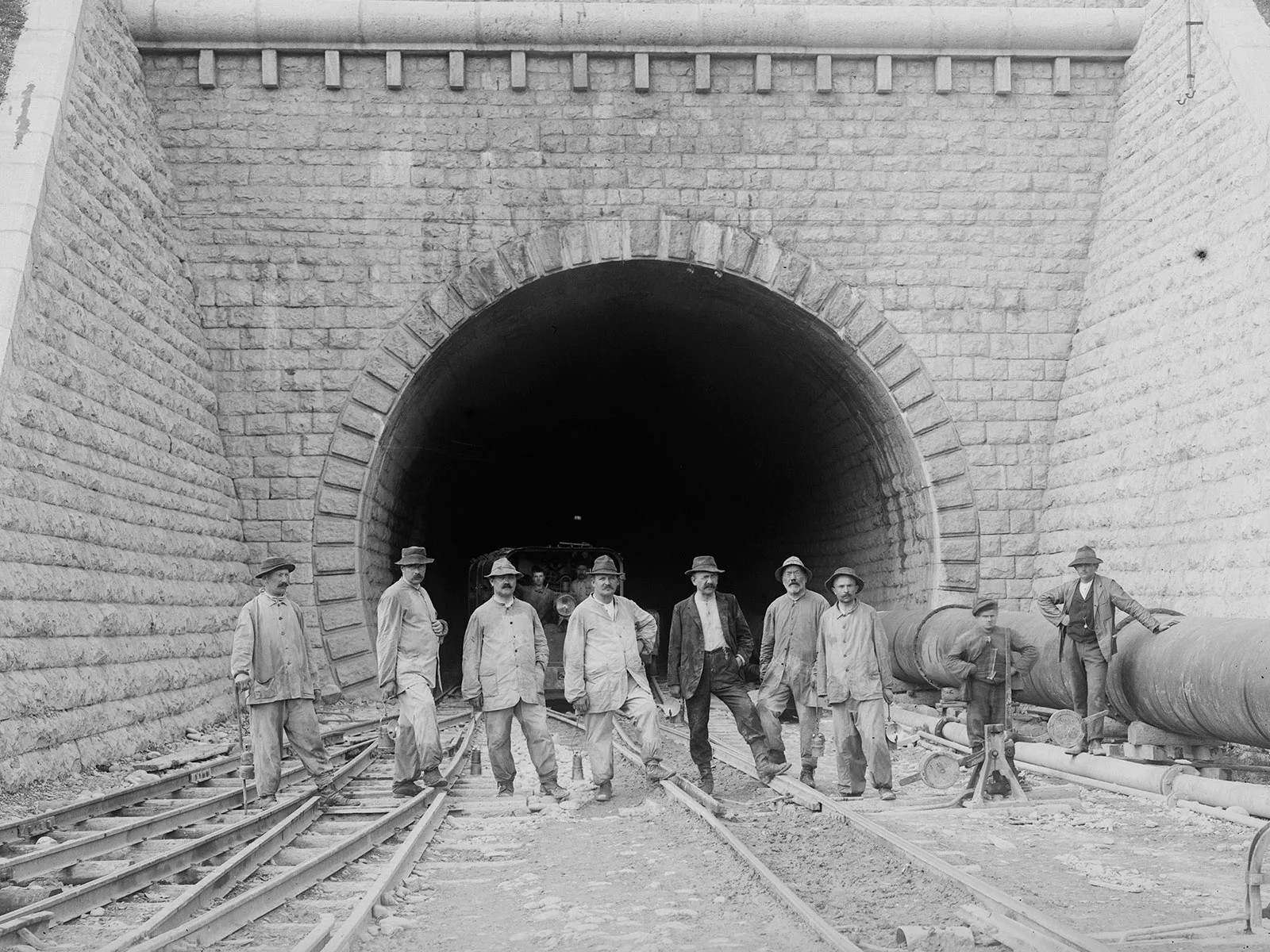
Swiss Museum of Transport, Lucerne
The unifying element: ferries in Switzerland
Ferries connect two banks or shores with one another. In an age when bridges were still a rare sight in Switzerland, they served an important transport function. It wasn’t just goods, animals and people that were conveyed to the opposite bank by ferries; entire railway carriages were shipped aboard these vessels. A glimpse into a little-known chapter of transport history.
Even today, the four Basel ferries enjoy great popularity. The ferries St. Alban ‘Wild Maa’, Münster ‘Leu’, Klingental ‘Vogel Gryff’ and St. Johann ‘Ueli’ are an integral part of the Basel cityscape. Until well into the 19th century, there was only one bridge in the city by which the Rhine could be crossed. Most of the bridges in Switzerland were only built in the 19th and 20th centuries. Anyone who could carry people, animals and goods across a particular river section by ferry held an instrument of power that was not to be underestimated. The local landlords had what were known as ‘ferry rights’. Even setting up a ferry for a particular individual could be an indication of that person’s high social status and political influence. When British envoy John Burnaby moved into his summer residence at Reichenbach Castle in Zollikofen in 1743, the Bern government organised a ferry for him on the banks of the Aare. This removed the long detour by land, and the ambassador was able to travel to Bern directly via the Enge peninsula.

The ferry ‘Vogel Gryff’ on the Rhine in Basel
basel.com

Reichenbach Castle on the Aare. Anonymous engraving, around 1800. A ferry still connects the castle with Bern’s Enge peninsula today. It’s a popular destination for day trippers.
Museum of Communication
The ‘Kohlefresser’ and other train ferries
With industrialisation and railway construction, a completely new type of ferry appeared on Switzerland’s lakes: the train ferry. International train ferry transport played a prominent role on Lake Constance, where there were already two routes linking Switzerland and Germany as long ago as 1869. The need for laborious transhipment of the goods was removed; instead, the freight wagons rolled directly onto the train ferries via a ramp. However, a steam-powered train ferry built by Escher, Wyss & Cie had to be retired after 14 years of operation (1883). The reason was its enormous coal consumption: because the train ferry consumed between 600 and 720 kg of coal for a single crossing, it was popularly known as the ‘Kohlefresser’ (coal-guzzler).

The train ferry built in 1869 and known as the ‘Kohlefresser’ (coal-guzzler).
Wikimedia
The ferry service, which was suspended during World War II, was resumed several years after the war ended. From 1948 to 1968, the train ferries transported 35,000 to 40,000 freight wagons and scores of cars between Romanshorn and Friedrichshafen every year. Only in 1963, when the lake froze over completely, was all shipping traffic on Lake Constance paralysed for six weeks. Improved accessibility thanks to railway lines and roads around Lake Constance meant the importance of the train ferries declined. The SBB finally closed the route between Romanshorn and Friedrichhafen in 1976. Walter Nater and Hugo Rietmann’s 1976 documentary ‘Schienen über Wellen’ gives a unique insight into the train ferries on Lake Constance.
Documentary ‘Schienen über Wellen’ by Walter Nater and Hugo Rietmann (in German).
© Hans Lippuner, Egnach

The SBB train ferry ‘Rorschach’ transporting railway carriages across Lake Constance.
Swiss Museum of Transport, Lucerne

The train ferry ‘Romanshorn’ in the inner harbour at Romanshorn.
Swiss Museum of Transport, Lucerne
Travelling by car across the water
The vessels ‘Romanshorn’ and ‘Rorschach’, which operated on Lake Constance, were converted into car ferries after the train ferry service was discontinued. In addition to Lake Constance, these days there are car ferries in Switzerland on Lake Lucerne and Lake Zurich. The origin of the Tell myth in central Switzerland is reflected in the fact that the car ferry between Beckenried and Gersau was named ‘Tellsprung’ (Tell’s leap). On 13 July 1930, the Neue Zürcher Zeitung reported on the newly opened ferry link as follows: ‘The young enterprise, created out of a private initiative, is finally here. […] Even without cash-gobbling ‘modern’ publicity, the frequency is increasing daily. […] The distance saving, cost saving and reduction of danger areas for drivers is beyond dispute, as is the allure that any new thing holds for people in general.’
Nowhere in Switzerland is the importance of ferries as the ‘unifying element’ better expressed than on Lake Zurich: the car ferries not only save many a motorist the journey through the traffic-clogged city of Zurich or across the Seedamm causeway, but they’re also a floating bridge between the southwest-facing ‘Goldküste’ shore of the lake, and the less sunny ‘Pfnüselküste’.

The car ferry ‘Tellsprung’ on Lake Lucerne.
Swiss Museum of Transport, Lucerne

The car ferry ‘Tellsprung’ docking at the pier in Gersau around 1954.
ETH Library



